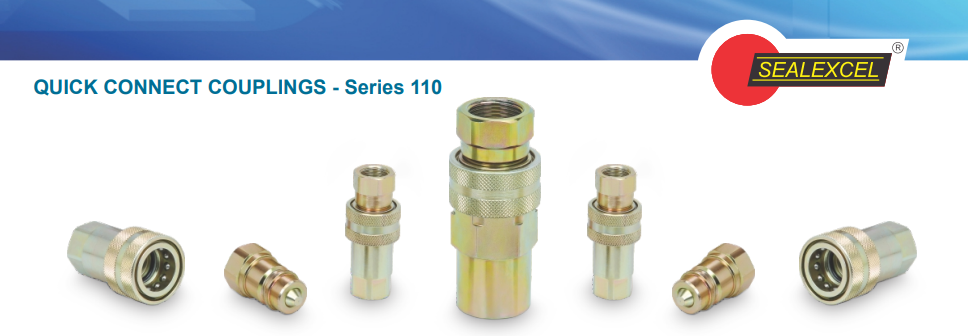Introduction:
Like arteries in a living body, water distribution systems deliver lifeblood to homes, businesses, and factories. But just as smooth blood flow relies on strong veins, a well-functioning system depends on a crucial component: Coupling Pipes. These unsung heroes quietly connect the dots, ensuring water reaches its destination uninterrupted. Their role is far from glamorous, but their impact is undeniable. Without these reliable joints, the entire system falters. So next time you turn on the tap and water gushes out, remember the silent workhorses behind the scenes, the humble yet vital coupling pipes.
Understanding Coupling Pipes:
Coupling pipes are connectors designed to join sections of pipes, facilitating a continuous flow of fluids. These connectors come in various types, including compression couplings, mechanical couplings, and flexible couplings. Each type offers unique advantages, catering to diverse needs within water distribution networks.
Improving Connectivity:
The primary function of coupling pipes is to ensure a secure and reliable connection between pipes. By effectively joining pipes of varying materials, diameters, or even differing systems, they enhance connectivity, minimizing leaks and potential disruptions in water supply.
Enhancing System Resilience:
Coupling pipes contribute to the resilience of water distribution systems. They accommodate thermal expansion, contraction, and ground movement, which are crucial factors in maintaining the structural integrity of the overall network. This adaptability reduces the risk of pipe damage or failure, ensuring consistent water supply.
Efficiency in Maintenance and Repairs:
In the event of maintenance or repairs, coupling pipes offer a practical advantage. Their modular nature allows for easier access to specific sections of the pipeline without requiring extensive excavation or disruption. This streamlined approach minimizes downtime and associated costs, promoting efficient repairs.
Application in Various Industries:
Coupling pipes find application across a spectrum of industries beyond municipal water supply. From agricultural irrigation systems to industrial processes and firefighting networks, their versatility makes them indispensable in ensuring reliable fluid transmission.
Factors Influencing Coupling Pipe Selection:
When selecting coupling pipes for a water distribution system, several factors must be considered. These include material compatibility, pressure ratings, environmental conditions, and installation requirements. Choosing the appropriate coupling ensures optimal performance and longevity.
Innovations and Future Trends:
Ongoing advancements in coupling pipe technology continue to revolutionize water distribution systems. Innovations focus on improving durability, corrosion resistance, and ease of installation. Additionally, smart coupling systems integrated with monitoring capabilities offer predictive maintenance, further enhancing system efficiency.
Conclusion:
Coupling pipes stand as unsung heroes within water distribution systems, silently ensuring the seamless flow of this essential resource. Their role in enhancing efficiency, promoting connectivity, and enabling swift maintenance cannot be overlooked. As technological advancements persist, coupling pipe will continue to evolve, driving the efficiency and reliability of water distribution systems to greater heights. Their significance in sustaining modern infrastructure remains paramount, laying the groundwork for efficient water management and conservation.
